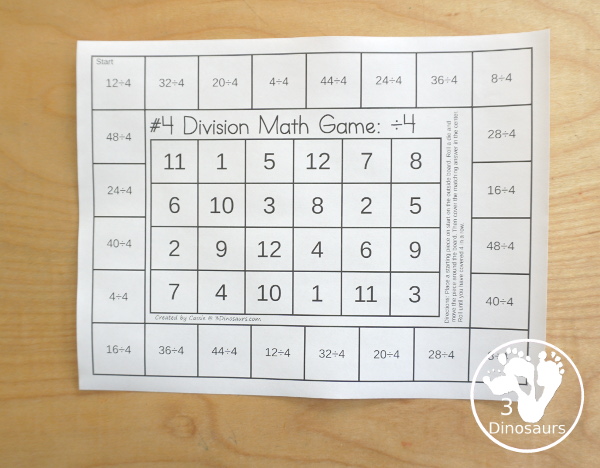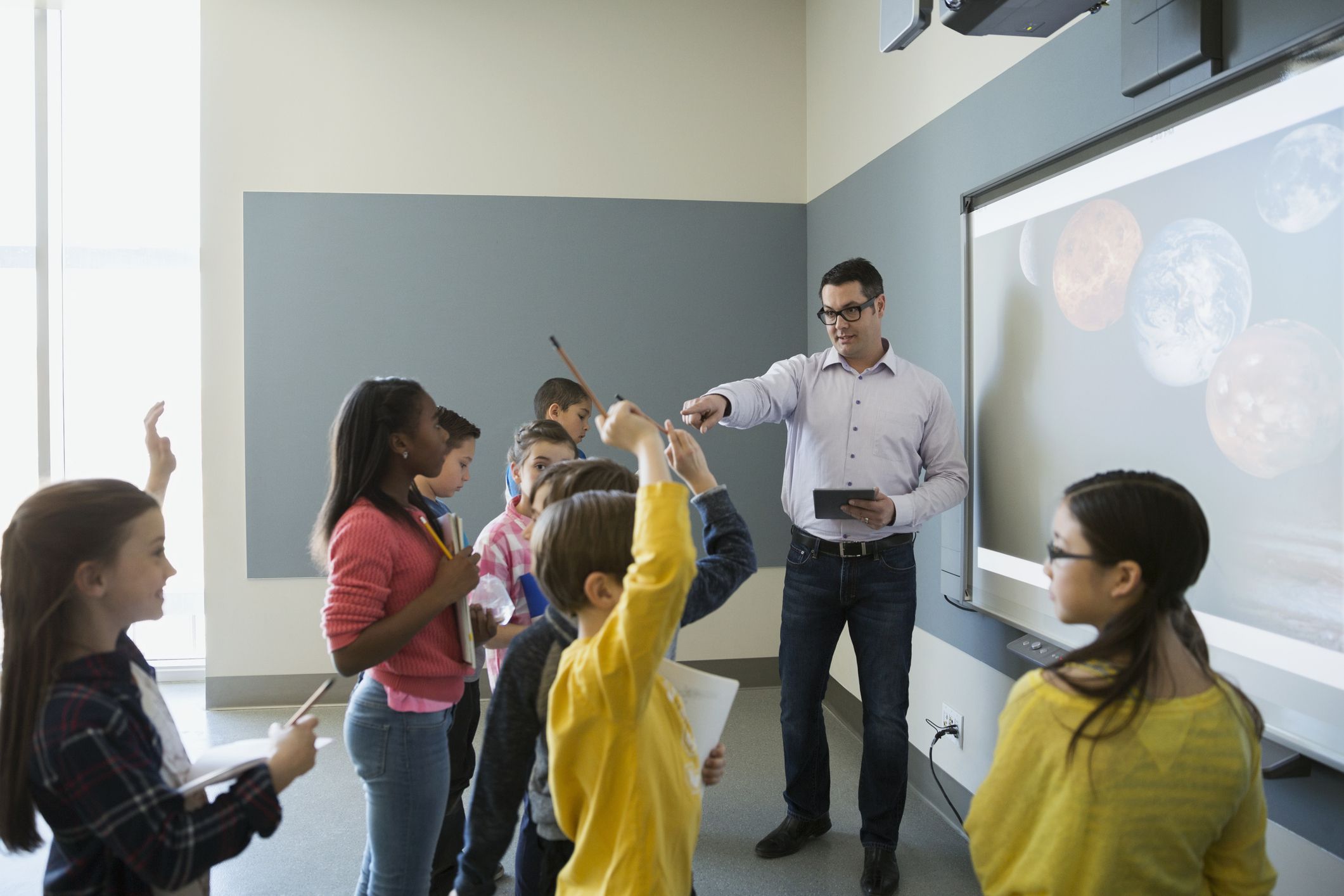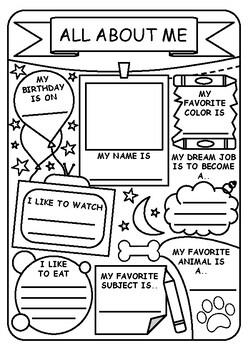
Social emotional learning activities help students develop a healthy perspective on themselves and others, making them better learners and citizens. These activities produce long-lasting benefits that can be used as an educational tool by students in many environments. Whether it's for elementary, middle, or high school, teachers can implement social emotional learning programs to benefit their students and improve the overall environment of the classroom.
You must get to know your students before you can start your program. Watch their expressions and behavior. Learn about their relationships with each other and at home. You can start to notice small cues like their facial expressions which indicate that they need more practice.
First, it is important to recognize the different feelings that may arise in the classroom. For example, sadness, anger, and confusion can pop up during class. Talk with your students about their feelings and what you can do to help them. Ask them for a list of their most frequent feelings. Also, ask them to name the words they use.

You can then create an emoji list for students to easily identify their emotions. It's a good idea also to print a series cards with pictures and words that represent different emotions. Students can stick the cards on their ring to keep track of their moods.
You can also use role-play scenarios. You could have students make faces that represent their emotions during a story. They can search for a friend or a feeling friend. This will help them explore their feelings about a specific color or character.
Twinkl has social and emotion learning activities that can be used with digital resources. The company offers many social and emotion learning tools that are available in PDF format. These worksheets can either be used as an instructional tool, or independently. Using the Twinkl digital resources will help you teach social and emotional skills to your students.
Your students can be encouraged to create their own stories by you as you work with them. This will help students understand empathy and how it benefits the classroom. Storytelling is a great way to help your students develop vocabulary and comprehension skills.

These types of activities can be added to the curriculum to help students build an emotionally strong foundation to support academic success. Students will learn how to manage emotions, make healthy choices and develop strong relationships with their classmates. This will improve the classroom culture and academic productivity.
Through random acts and kindness, students can also learn empathy. This can happen through a morning or daily check-in. When students give each other kindness, it helps build relationships in the classroom and outside of it. The students will also learn the importance of kindness and the positive effects it can have in the community.
FAQ
Is it difficult to become a teacher?
Being a teacher is a huge commitment. It will require you to dedicate a lot of time to your studies.
You can expect to work 40 hours per semaine while earning your degree.
Also, it is important to find a job you can do. Many students report having trouble finding part-time jobs that allow them to balance their schedules with schoolwork.
After you have been offered a permanent position, you will be expected to teach classes throughout the day. You might even be required to travel to other schools throughout the week.
What is a vocational high school?
Vocational schools offer programs specifically for people who wish to pursue a career in a certain field. They can also offer training in specific skills and general education.
Vocational education has a significant role to play in society. It helps young people gain the skills they need to succeed. It makes sure that every student has access to high-quality educational opportunities.
A vocational school provides a variety options for its students. They can choose from certificates, diplomas or degrees as well as apprenticeships, certificates, diplomas or degrees. Vocational schools offer both academic and practical courses in math, science and English.
What is the purpose or education of schooling?
Education should prepare students for work. Education is more than a academic pursuit. It's a social activity that allows children to learn from one another and gains confidence through participation in arts, music, and sports. Learning to think creatively and critically is a key part of education. This allows students to be self-reliant, independent, and confident. What does it take to achieve high educational standards
Good educational standards are those which ensure that all pupils achieve their potential. They provide a clear set of goals teachers work towards with their pupils. Educational standards should be flexible enough that schools can meet changing needs. They must also be fair and equitable so that every child has the chance to succeed regardless of their background.
What are the alternatives to school?
The idea behind an alternative school is to offer students with learning difficulties access to education by providing them with support from qualified teachers who understand their individual needs.
An alternative school provides children with special educational needs the opportunity to learn in a regular classroom setting.
Additionally, they receive extra support when necessary.
Alternative schools do not exist for students who are exclusion from mainstream schools.
They are open for all children, regardless their ability or disability.
Statistics
- They are more likely to graduate high school (25%) and finish college (116%). (habitatbroward.org)
- “Children of homeowners are 116% more likely to graduate from college than children of renters of the same age, race, and income. (habitatbroward.org)
- Think of the rhetorical power of nineteenth-century abolitionist Harriet Beecher Stowe, Martin Luther King, Jr., or Occupy Wall Street activists with their rallying cry of “we are the 99 percent.” (bostonreview.net)
- Data from the Department of Education reveal that, among 2008 college graduates, 92.8 percent of humanities majors have voted at least once since finishing school. (bostonreview.net)
- Among STEM majors, that number is 83.5 percent. (bostonreview.net)
External Links
How To
Where can I go to be a teacher?
Teaching jobs are available in public elementary schools, private elementary schools, public middle schools, private middle schools, public secondary schools, private secondary schools, charter schools, private and parochial (Catholic) schools, public and private (non-religious) daycare centers, and other settings.
To become a teacher, you must first complete a bachelor's degree program at one of the following:
-
A four year college or university
-
An associate degree program
-
Two-year programs at community colleges
-
These three types of programs can be combined
To be eligible to become certified for teaching positions, applicants need to meet the state's requirements. These requirements include passing standardized tests, and completing a probationary phase of work experience.
Most states require candidates to pass a test called the Praxis II. This test tests the candidate's comprehension of reading, writing and mathematics as well as their language arts skills.
A lot of states also require applicants to have a specialized licence before they can be certified to teach.
These licenses may be obtained by the boards for education of the states.
Some states grant licenses with no additional testing. To determine if your state has granted licenses without additional testing, you should contact the board in your state.
Some states don't grant licenses to applicants who haven't completed a masters degree program.
Some states permit individuals to apply directly at the state board or education for licensure.
There are many licenses available. They vary in cost, length, and requirements.
For example, some states require only a high school diploma, while others require a bachelor's degree.
Some states require training in specific areas, such as literacy or child development.
Some states require that candidates receive a master's degree before becoming licensed.
When applying for certification, many states ask prospective teachers about previous employment.
You may want to mention that you have been employed in another occupation on your application.
However, most states will accept your prior work experience no matter what type of job you held.
You may wish to list your previous job title, position, and years of service.
This information can be very helpful for potential employers.
It shows them you have relevant skills.
Working can give you new skills and valuable experience.
You can showcase this to future employers by putting your resume in their hands.